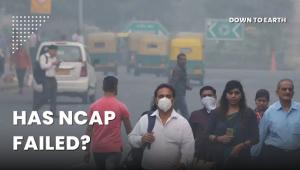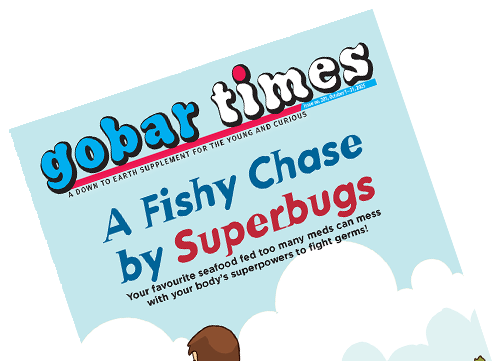

Just as forests are called the ‘lungs of the earth’, wetlands are the ‘kidneys’ that regulate water and filter waste from the landscape. Wetlands include mangroves, peatlands and marshes, rivers and lakes, deltas, floodplains and flooded forests, rice-fields, and even coral reefs.
Wetlands exist in every country and in every climatic zone, from the polar regions to the tropics, and from high altitudes to dry regions. In India, around 4.63% of the geographical area is wetlands. A total of 757,060 wetlands have been mapped in the country.
.jpg)
In conversation with four industry experts, Down To Earth discovers the purpose and benefits of adding Millets to your daily diet. Nutritionist and Dietician Ishi Khosla, Entrepreneur Pallavi Upadhyaya, Chef Rajiv Malhotra, and Chef Jatin Mallick, join us in exploring and understanding the economy of Millets as well as explaining how Millets farming can be a game changer for farmers and consumers to sustain healthy living and fight climate change.

35 Indian cities have recently been listed among the 50 most polluted cities in the world. What's worse, 16 of these cities received nearly Rs 1,000 crore over the past eight years to tackle air pollution. This disturbing finding has placed India’s National Clean Air Programme (NCAP) under intense scrutiny. NCAP is the costliest air pollution control programme ever taken up in India, and one of the biggest globally. But it appears to be non-existent in 19 of the Indian cities that are part of the ‘most polluted’ top 50 list.

Boost for renewables, but climate adaptation gets a backseat

In an increasingly climate-risked world what should be our food like? The 4th book in our First Food series brings you some answers in the form of unique recipes and ingredients, culled out from age-old wisdom and traditional knowledge of communities. Sourced from local biodiversity, from weeds and trees, long-lasting seeds, plants with short life-cycles and even those parts of plants that generally go waste. Foods that are very different from those produced by our current unsustainable agriculture systems.

A study conducted in 2012 by Delhi-based non-profit Centre for Science and Environment cautioned that junk food contains excess amount of salt and are bad for health.

As a takeaway from our summer camp, E-camp Extravaganza, we recommend four enlightening videos for you to watch. The first video explores the fascinating link between food and the environment, highlighting how our eating habits impact the planet. The second video discusses the future of food, revealing how climate change can lead to nutrition deficiencies. The third is an engaging explainer on fish mint, a unique medicinal herb that tastes like fish and offers numerous health benefits. Lastly, the fourth video alerts viewers to the harmful ingredients and ill-effects of junk food, particularly instant noodles, emphasizing the need for healthier choices. Enjoy learning!

Most of us love fireworks during Diwali. But these bright and colourful crackers have a dark side It's the toxic metals that give fireworks the beautiful colours we find magical The red colour of a firecracker comes from Strontium, a metal that causes bone growth problems in children Barium, which gives fireworks the green colour, is harmful to the nervous system, the heart and can cause tremors, weakness, anxiety, shortness of breath and paralysis.

